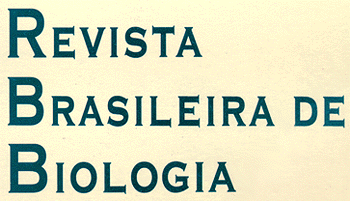The clustering behavior and cluster composition of hermit crabs as well as the patterns of shell utilization of clustered and scattered individuals were studied. This study was conducted in the intertidal region of Grande Beach, São Sebastião, southeastern Brazil. Samples were taken both in randomized transects and 1 m² quadrats during low tide periods. Crabs were counted, measured (shield length), and sexed. Shells were identified and had their adequacy and condition (physical damage and incrustation) recorded. Clusters ocurred mainly in air exposed areas and were dominated or composed only by Clibanarius antillensis. Other species like Paguristes tortugae, Pagurus criniticornis, and Calcinus tibicen were also present in these clusters, but in small numbers. Only one monospecific aggregation composed by individuals of P. criniticornis was recorded in tide pools. Almost all crabs were inactive, despite some that were submerged in tide pools. Most of the individuals of C. antillensis were clustered (70.88%). Scattered individuals were larger than clustered ones and occupied mainly shells of Tegula viridula, which seemed to be the most adequate shell to the crabs. Clustered individuals used less incrusted shells than isolated ones. In general, clustering in Grande Beach presented the same patterns of size and sex distribution, and shell utilization than others already studied, with the exception of the smaller cluster size registered in this area.
Hermit crabs; clustering behavior; Clibanarius antillensis; shell utilization

 Clustering behavior of hermit crabs (Decapoda, Anomura) in an interdital rocky shore at São Sebastião, Southeastern Brazil
Clustering behavior of hermit crabs (Decapoda, Anomura) in an interdital rocky shore at São Sebastião, Southeastern Brazil


